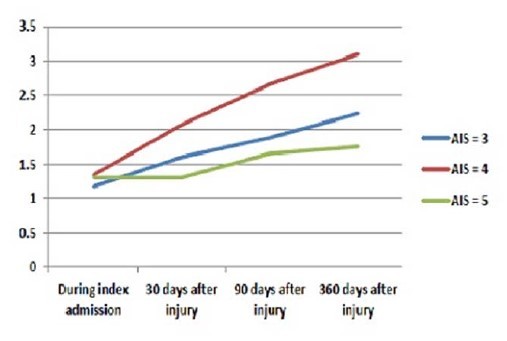The majority of
trauma patients presenting with facial fractures are managed without surgery.
Dogma in the facial fracture literature indicates that antibiotics should be
administered for some period of time, typically 7-10 days, for fractures that
involve one of the sinuses.
Although this idea
and practice have been around for a long time, there is no good literature out
there to support it. Most medical professionals are now aware of the downside
to giving unnecessary antibiotics, including allergic reactions, C. Diff infections,
and promotion of antibiotic resistance.
A group at Geisinger
Medical Center in Danville, PA, performed a four-year retrospective review of
their registry data involving nonoperatively managed facial fractures. They
stratified their patients into three groups: no antibiotics, brief antibiotics
(1-5 days), and prolonged antibiotics (>5 days). A total of 289 patients
were studied.
Here are the factoids:
- 17% received no antibiotics, 22% received a short course, and 61% got them
for more than 5 days (!)
- There were no soft tissue infections in any of the groups
- There was 1 C. Diff infection, which occurred in the prolonged
antibiotic group. This was not statistically significant.
Bottom
line: Granted, this was a small, retrospective study. But absolutely no difference
in soft tissue infections was seen, and fear of infection is the usual
justification for the use of antibiotics in these patients. A single case of C.
Diff colitis was noted, and it just happened to occur in the prolonged
antibiotic group. It’s time that we consider abandoning the blanket use of
antibiotics for facial fractures involving the sinuses.
Reference: Utility of
prophylactic antibiotics for non-operative facial fractures. EAST 2016 Poster
abstract #11.



